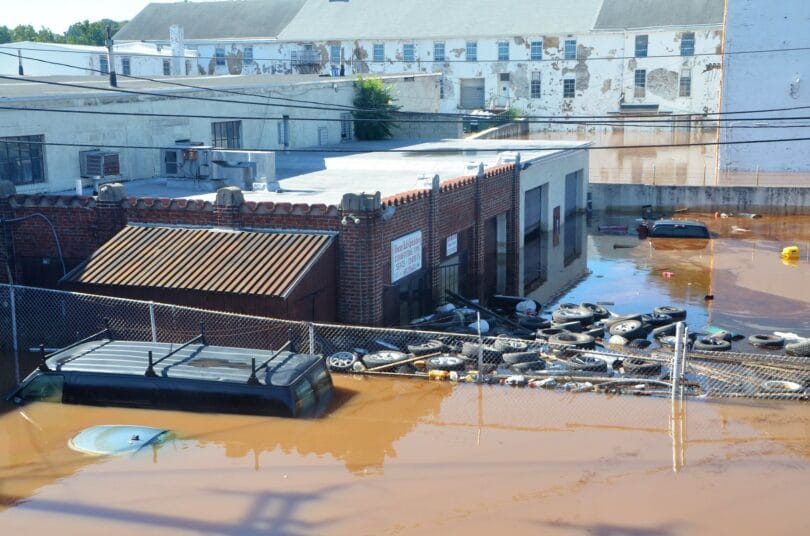Monthly Review, Notes from the Editors, October 2021
On August 9, 2021, the UN Intergovernmental Panel on Climate Change (IPCC) published Climate Change 2021: The Physical Science Basis. This was Part I of its Sixth Assessment Report (AR6), written by its Working Group 1, detailing the current state of climate change. Part I is to be followed by two additional parts of the overall AR6 report. Part II, written by Working Group II, on “Impacts,” is scheduled to appear in February 2022. Part III, written by Working Group III, on “Mitigation,” is to appear in March 2022.
It is a sign of just how serious matters have become—with the UN COP26 talks on climate in Glasgow this November now regarded by many as a last-ditch effort to achieve a global solution on behalf of humanity as a whole—that the early draft versions of both Part II and Part III reports were leaked during the summer. In late June, Part II of AR6 was leaked to the French news agency Agence-France Presse (AFP), which then proceeded to publish an article based on the leaked report (“Crushing Climate Impacts to Hit Sooner than Feared,” June 23, 2021).
Days before the publication of Part I, the key section of Part III, a “Summary for Policymakers,” was leaked by scientists associated with Scientist Rebellion and Extinction Rebellion Spain (mronline.org/wp-content/uploads/2021/08/summary_draft1.pdf). An article announcing the leak, entitled “IPCC Sees Degrowth as Key to Mitigating Climate Change,” was published on August 7 by journalist Juan Bordera and ecologist Fernando Prieto in the Spanish online magazine Contexto y Acción (CTXT). The leaked “Summary for Policymakers” for Part III was the draft document accepted by Working Group III, before the various participating governments—which in the IPCC formal adoption process are able to make changes to the “Summary for Policymakers” prior to its publication—could excise key elements of the report and water it down.
…

